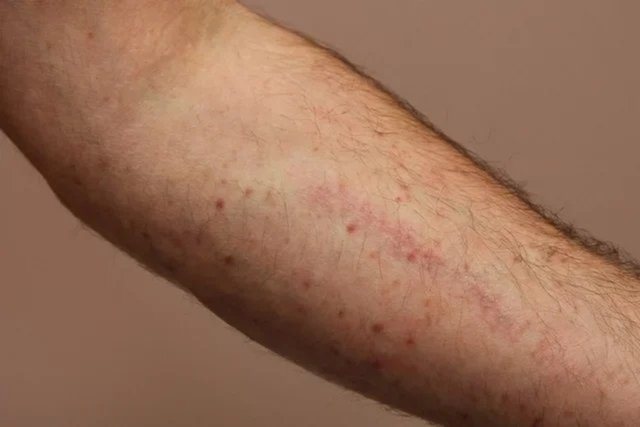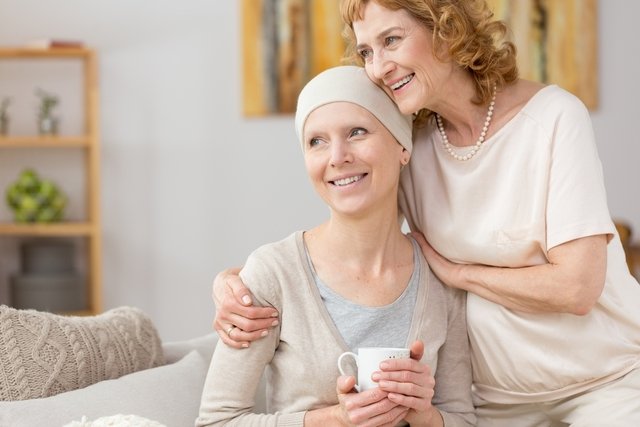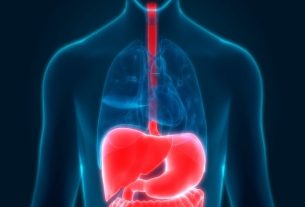The first symptoms of leukemia are usually excessive tiredness, weakness, unexplained weight loss and swollen glands in the neck and groin. However, leukemia symptoms may vary slightly depending on the progression of the disease, the type of cells affected and the person’s age.
In general, the symptoms of leukemia tend to be confused with the flu or a cold, especially when they appear suddenly. Furthermore, it is common for people with leukemia to have frequent infections and do not improve easily, due to changes in the immune system characteristic of the disease.
Leukemia treatment depends on age, disease progression and the type of leukemia the person has, and it is important that treatment is started as soon as possible to increase the chances of a cure. Learn more about the types of leukemia.

Main symptoms
The main symptoms of leukemia are:
- Excessive tiredness;
- Lumps in the neck, armpits or groin;
- Fever above 38º C;
- Purple spots or red dots on the skin;
- Pain in bones and joints;
- Increased frequency of infections, mainly urinary;
- Weight loss without apparent cause.
In addition, other symptoms may appear such as headache, nausea or vomiting, as well as double vision and disorientation that can occur when the central nervous system is compromised.
Symptom Test
To find out your risk of having leukemia, select the symptoms presented in the following test:
The symptom test is only a guidance tool and does not serve as a diagnosis or replace consultation with a general practitioner or hematologist.
Symptoms of childhood leukemia
Symptoms in children can manifest at any stage. In this case, the baby or child may always seem tired, not wanting to crawl or walk. They may also present other symptoms, such as the appearance of purple spots on the skin, bleeding from the nose and gums, loss of appetite, recurring infections, fever, night sweats, difficulty breathing, headache, dizziness and pale skin.
Despite scaring parents, leukemia in children has a good chance of being cured when treated properly, which is why it is always important to consult your pediatrician immediately whenever there are changes in the child’s behavior.
How the diagnosis is made
It is important that the diagnosis of leukemia is made early to prevent the progression of the disease and improve the patient’s quality of life, and it is recommended that people who have signs and symptoms suggestive of leukemia undergo various tests.
To investigate the possibility of leukemia, make an appointment with your nearest hematologist:
Taking care of your health has never been easier!
The main test to diagnose leukemia is the blood count, in which a change in the number of leukocytes is verified, accompanied or not by a decrease in the number of red blood cells and platelets. Through microscopic analysis of the blood, it is also possible to verify changes in leukocytes indicative of changes in the functioning of the bone marrow.
In addition to the blood count, the doctor may request biochemical tests and a coagulogram to investigate leukemia. Confirmation of the diagnosis is normally done through a myelogram, in which the bone marrow is collected and sent to the laboratory for evaluation and confirmation of the diagnosis. Understand what a myelogram is and how it is done.
How the treatment is carried out
Treatment must be started as soon as possible to increase the chances of a cure and may vary according to the type of leukemia. In cases of acute leukemia, chemotherapy is normally recommended, while in chronic cases the use of specific medications may be indicated.
Regardless of the type of leukemia, depending on the severity and stage of the disease, the doctor may recommend immunotherapy and bone marrow transplantation. See more about leukemia treatment.
Bibliography
- GENERAL PATHOLOGY – DB-301, UNIT V, FOP/UNICAMP . Leukemias and Lymphomas. Available at: <https://w2.fop.unicamp.br/ddo/patologia/downloads/db301_un5_Aula49Linfo-Leucemia2.pdf>. Accessed on March 30, 2020
- NATIONAL CANCER INSTITUTE (INCA). Leukemia. Available at: <https://www.inca.gov.br/tipos-de-cancer/leukemia>. Accessed on September 26, 2019

Sign up for our newsletter and stay up to date with exclusive news
that can transform your routine!
Warning: Undefined array key "title" in /home/storelat/public_html/wp-content/plugins/link-whisper-premium/templates/frontend/related-posts.php on line 12
Warning: Undefined array key "title_tag" in /home/storelat/public_html/wp-content/plugins/link-whisper-premium/templates/frontend/related-posts.php on line 13





